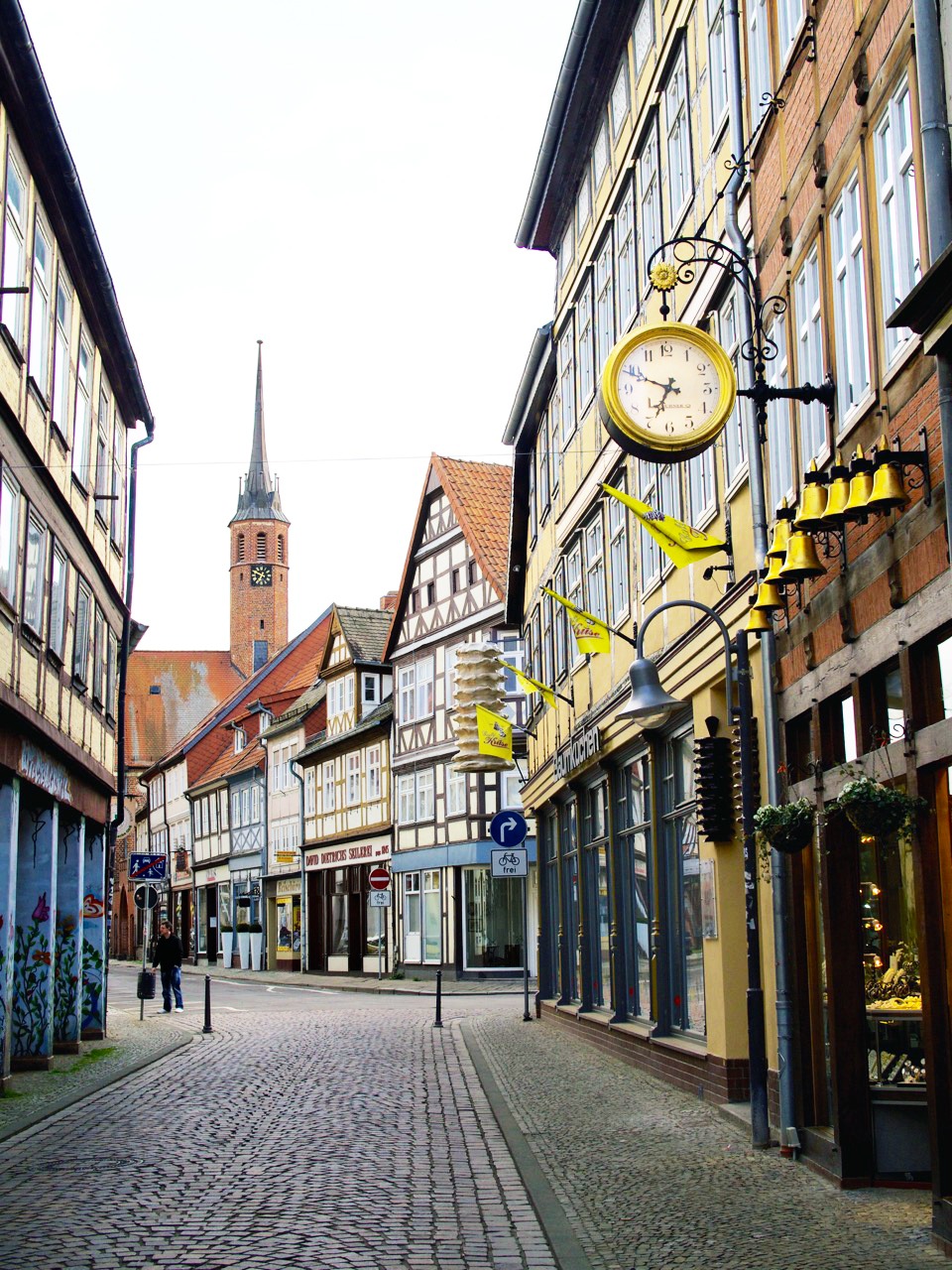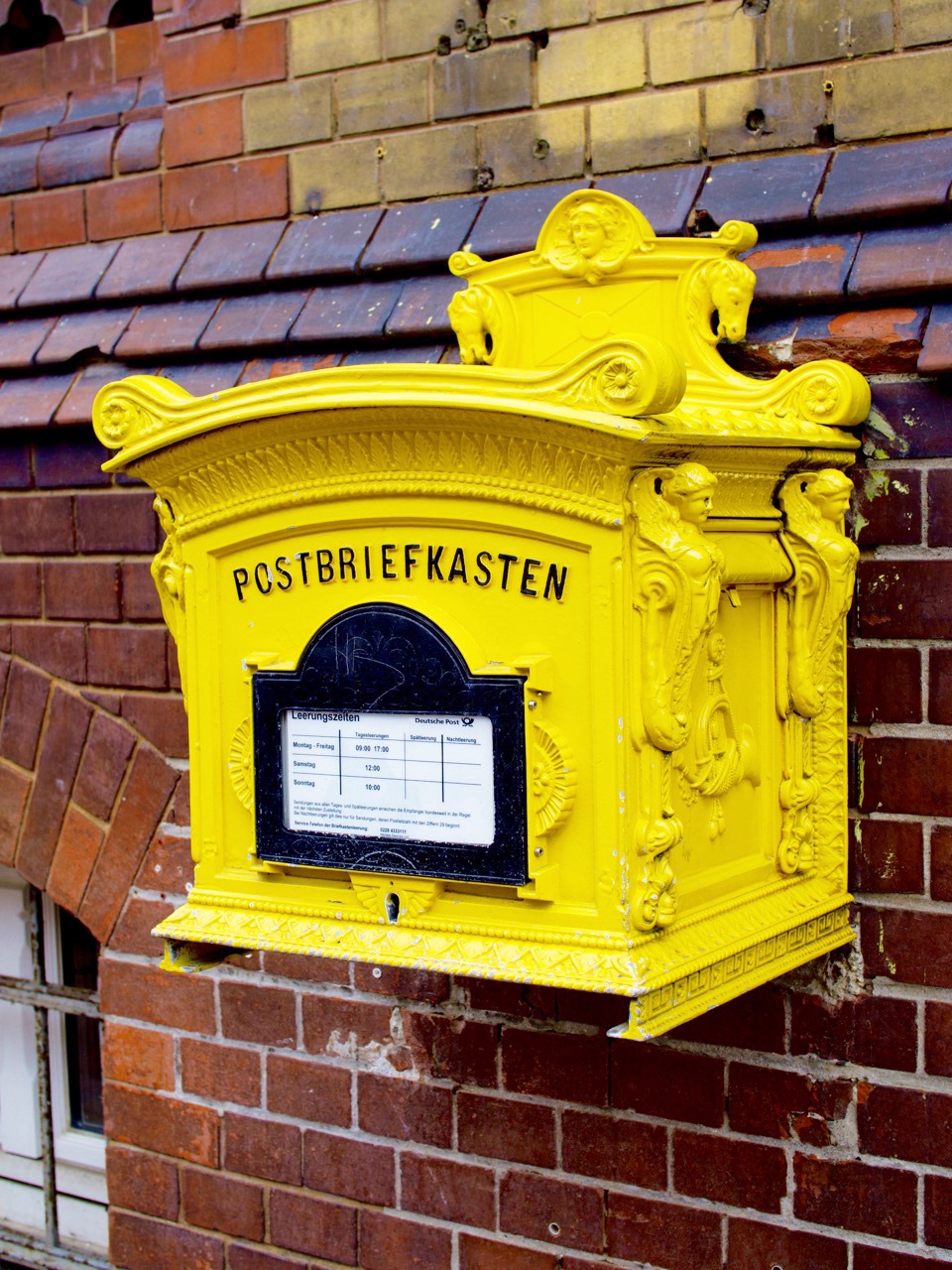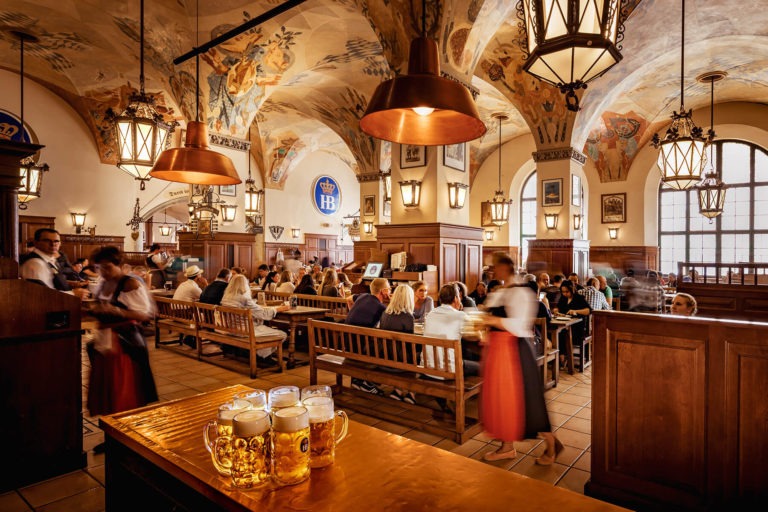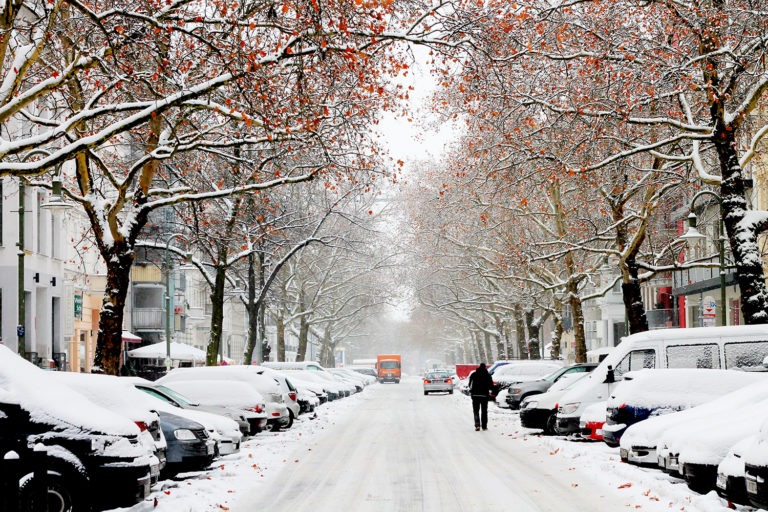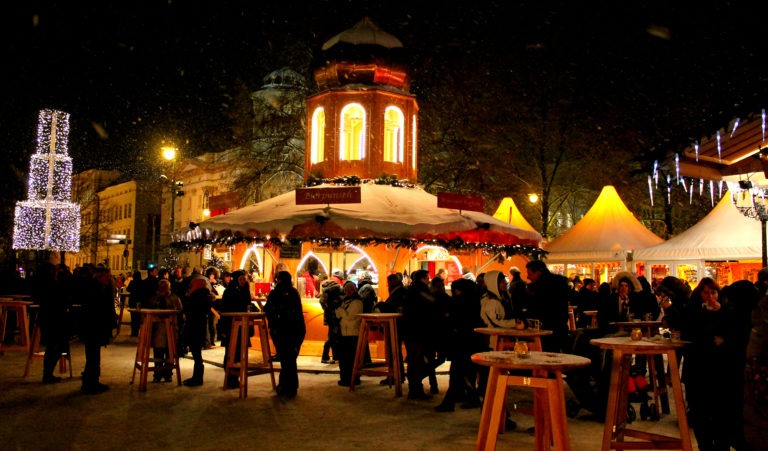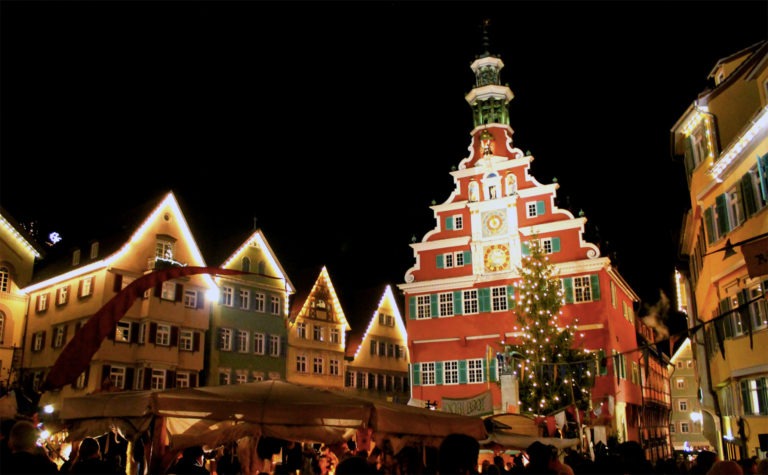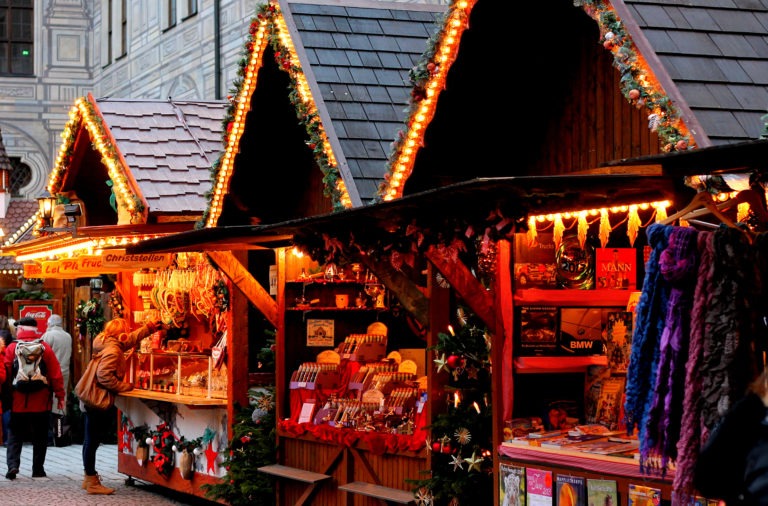The complete guide to the scenic German framework road
One of the main reasons why I wanted to take a road-trip along the German Half-Timbered Houses Route was because I wanted to draw attention to this exceptional architectural ensemble that somehow only very few people know about; this 3000-kilometre long route stretches from the North Sea to Lake Constance and contains over 2.5 million half-timbered structures.
Yeah. That’s as awesome as it sounds.
Being sort of an architecture and history geek, this was something I just needed to see for myself. And I’m really glad I did. It familiarised me with the Hanseatic League, with Germany’s heritage and its bucolic countryside. It also made me brush up on my German, which, unfortunately, doesn’t go much farther than numbers and greetings.
What’s the deal with framework?
The reason why there are so many half-timber houses in Germany is because artisans and farmers figured out it was as good a way as any to make things out of all the extra logs and tree trunks they had at the time, with Germany having so many forests.
The fachwerk, as the Germans call it, vary immensely from one region to another, either in architectural style or carpentry techniques; a house in Northern Germany might be slightly different than one near Switzerland, for example, depending on the local craftsmanship or wood type.
Stade
My hotel in Stade: H+ HOTEL STADE
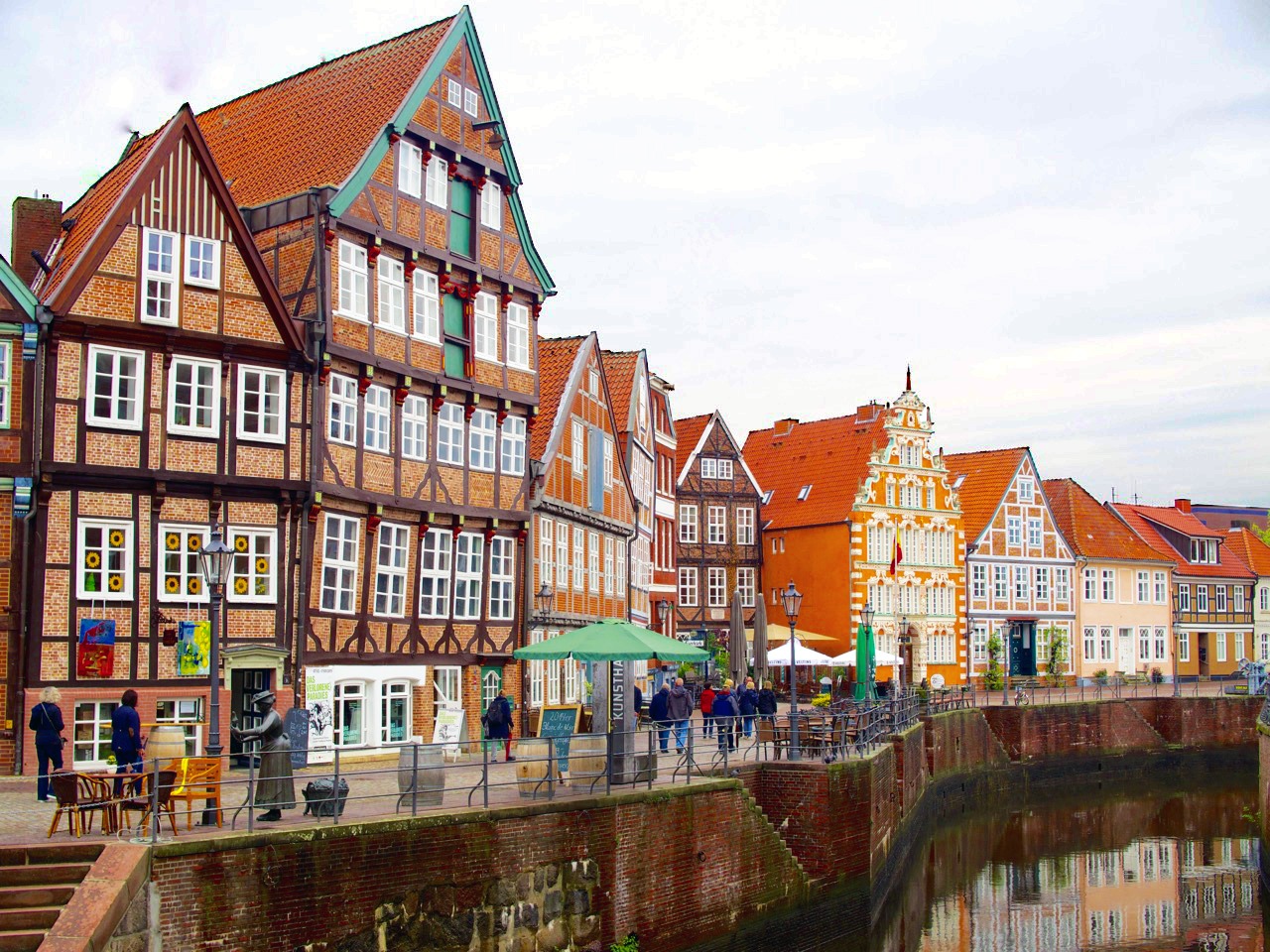
I’ve talked about Stade before, as it was my favourite stop on my German framework road trip. If you can’t dedicate a whole trip to the timber houses, Stade makes for a great day trip out of Hamburg seeing as it’s just one hour away. The town has a fascinating history and played a major role in the Hanseatic League, and while the most picturesque buildings are of course located on the waterfront, the entire town oozes the same old-world charm.
The picture of the colourful harbour above is one of my all-time best pictures, and I still smile just looking at it. Whatever you plan on doing in Germany, do yourself a favour and go to Stade. Period.
+
germany travel tips
Salzwedel
My hotel in Salzwedel: Hotel Union

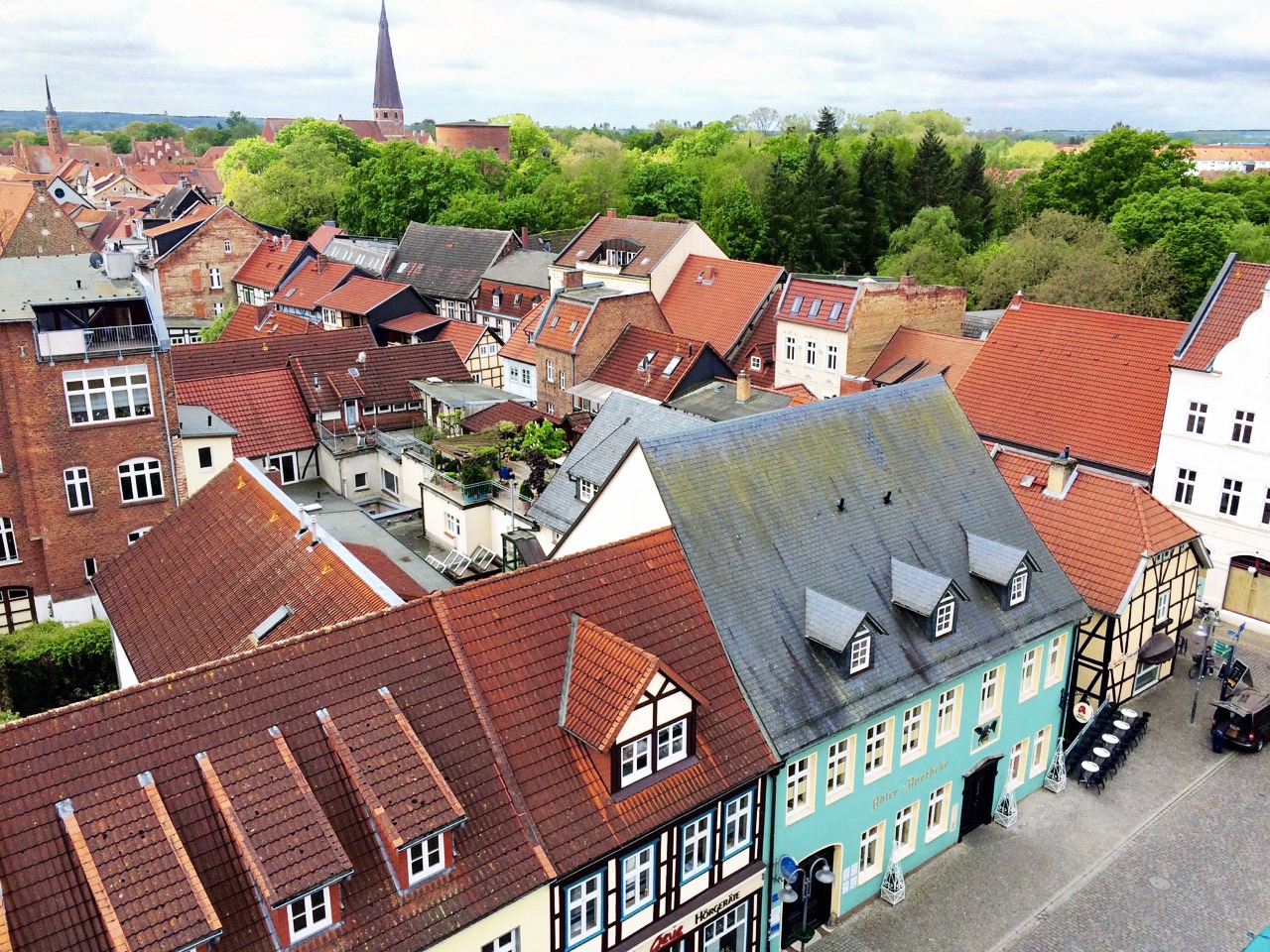
I had to mention Salzwedel on the list, but not because I would recommend going; quite the opposite.
The town has beautiful buildings and an interesting history, but the tourist infrastructure doesn’t make it easy for non-Germans to stay overnight. Not to mention that the European economic crisis has taken a toll on the town, which, unfortunately, means that a lot of businesses have shut down. I feel bad saying this because I know how important tourism can be for recovering economies but Salzwedel sort of felt like a ghost town. I barely saw anyone in the streets!
In hindsight, if I had to do the trip all over again, I would skip Salzwedel altogether.
Nienburg
My hotel in Nienburg: Hotel Weserschlösschen
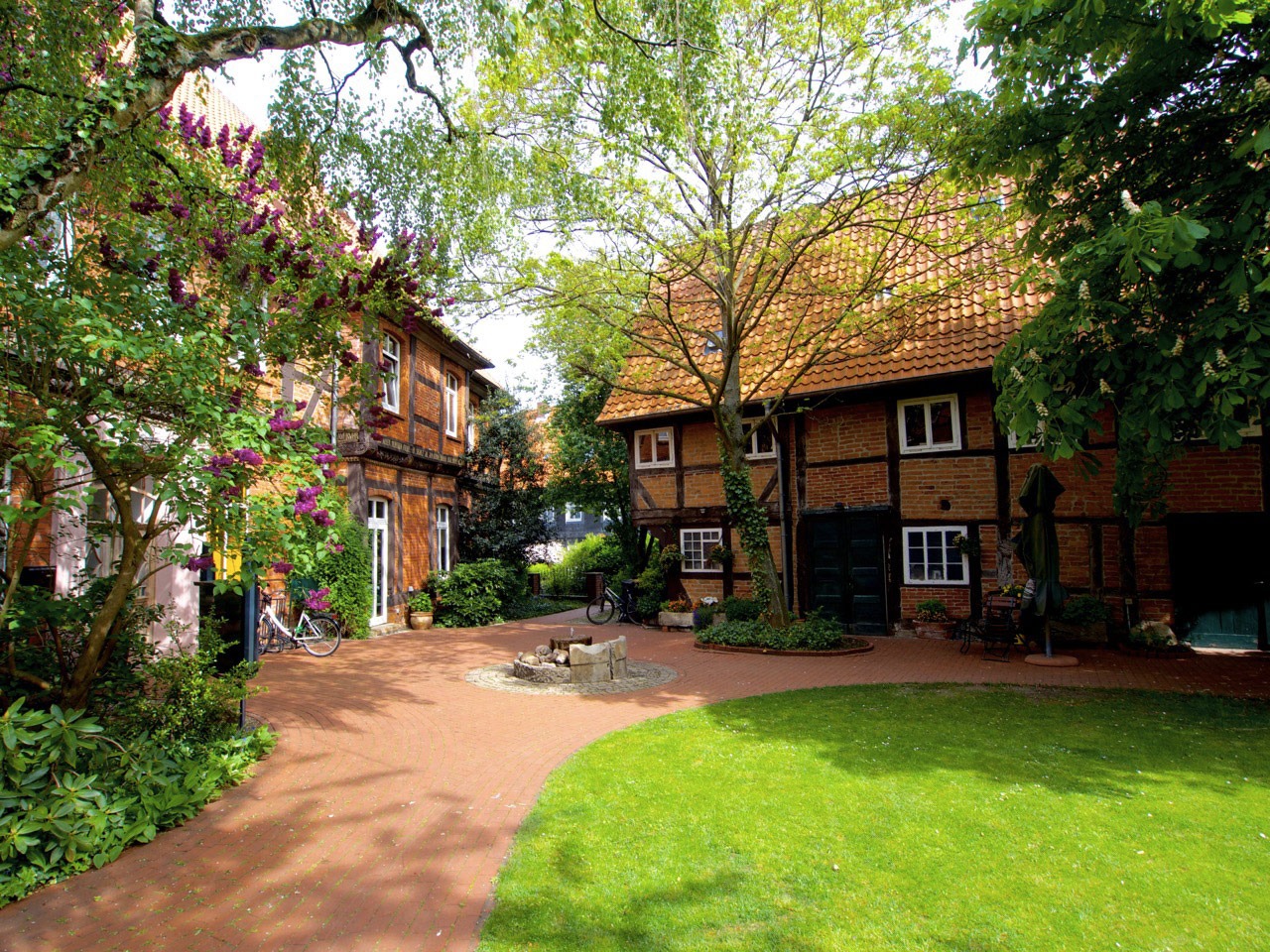
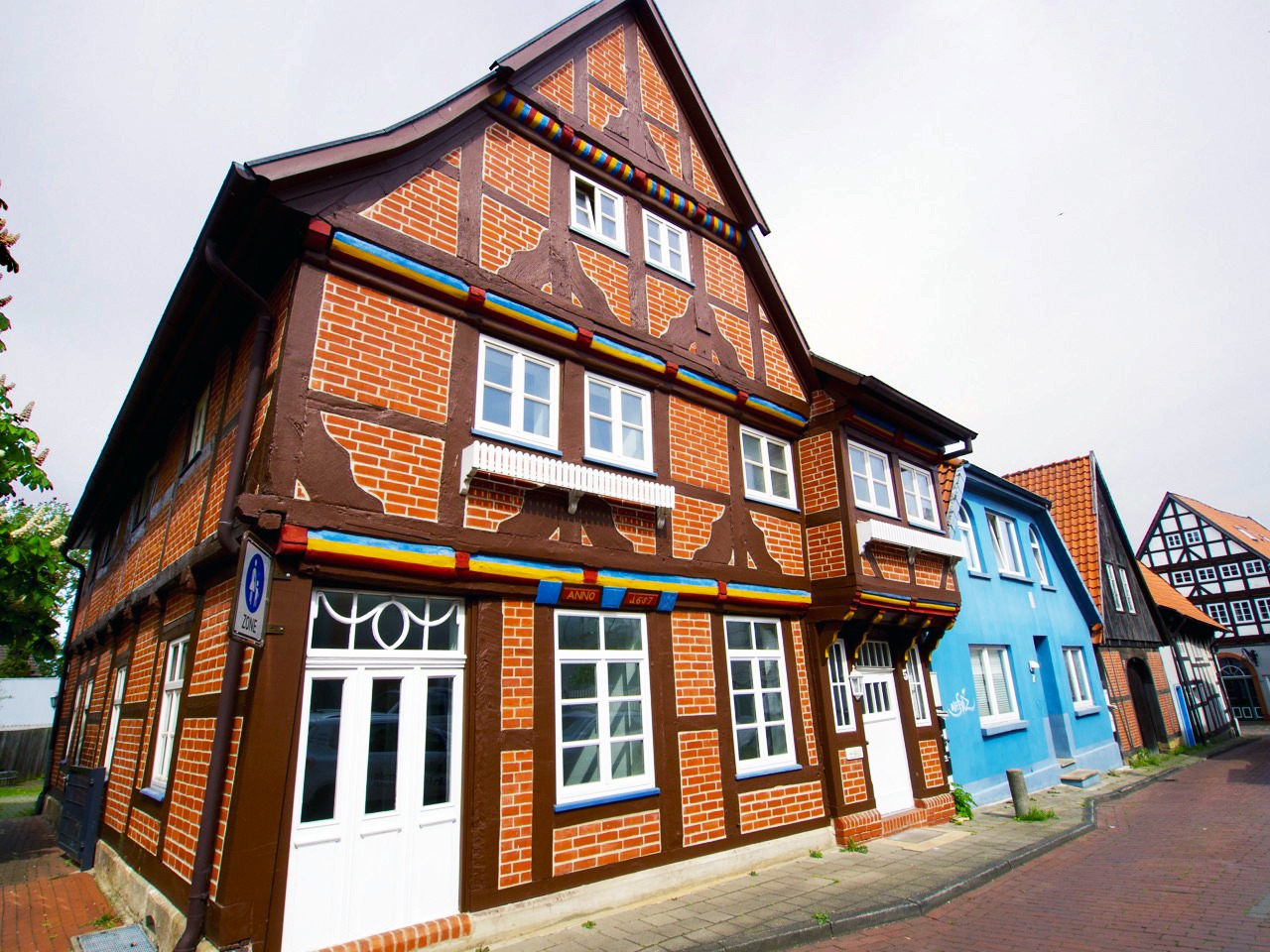
Nienburg was a lot livelier than Salzwedel, I’ll say that!
Between the quiet riverside paths, the animated town square and the many shops, there was no shortage of things to do and I found myself wanting to stay a little while longer (just so I could have another aperol spritz on a sunny patio). Nienburg also has an interesting maritime history thanks to the mighty River Weser, and yes, plenty of suuuuuper long low-deck boats went by during my visit.
The riverside was so calm and so soothing! One of Nienburg’s biggest traditions is the harvest of asparagus — they even have an asparagus museum and, get this, AN ASPARAGUS PAGEANT QUEEN. I’m not even making this up. Nienburg is awesome.
Wernigerode
My hotel in Wernigerode: Travel Charme Hotel Gothisches Haus
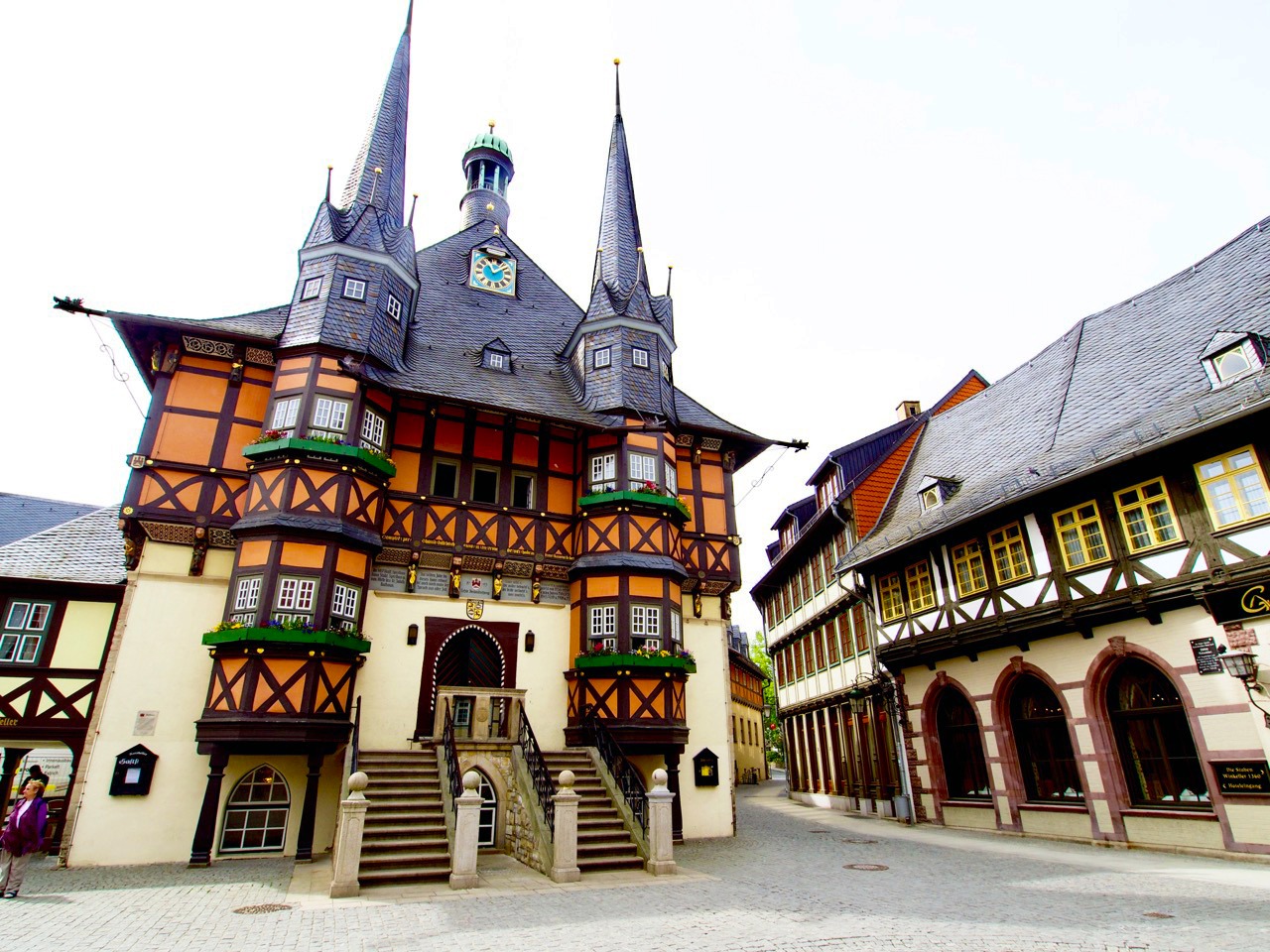
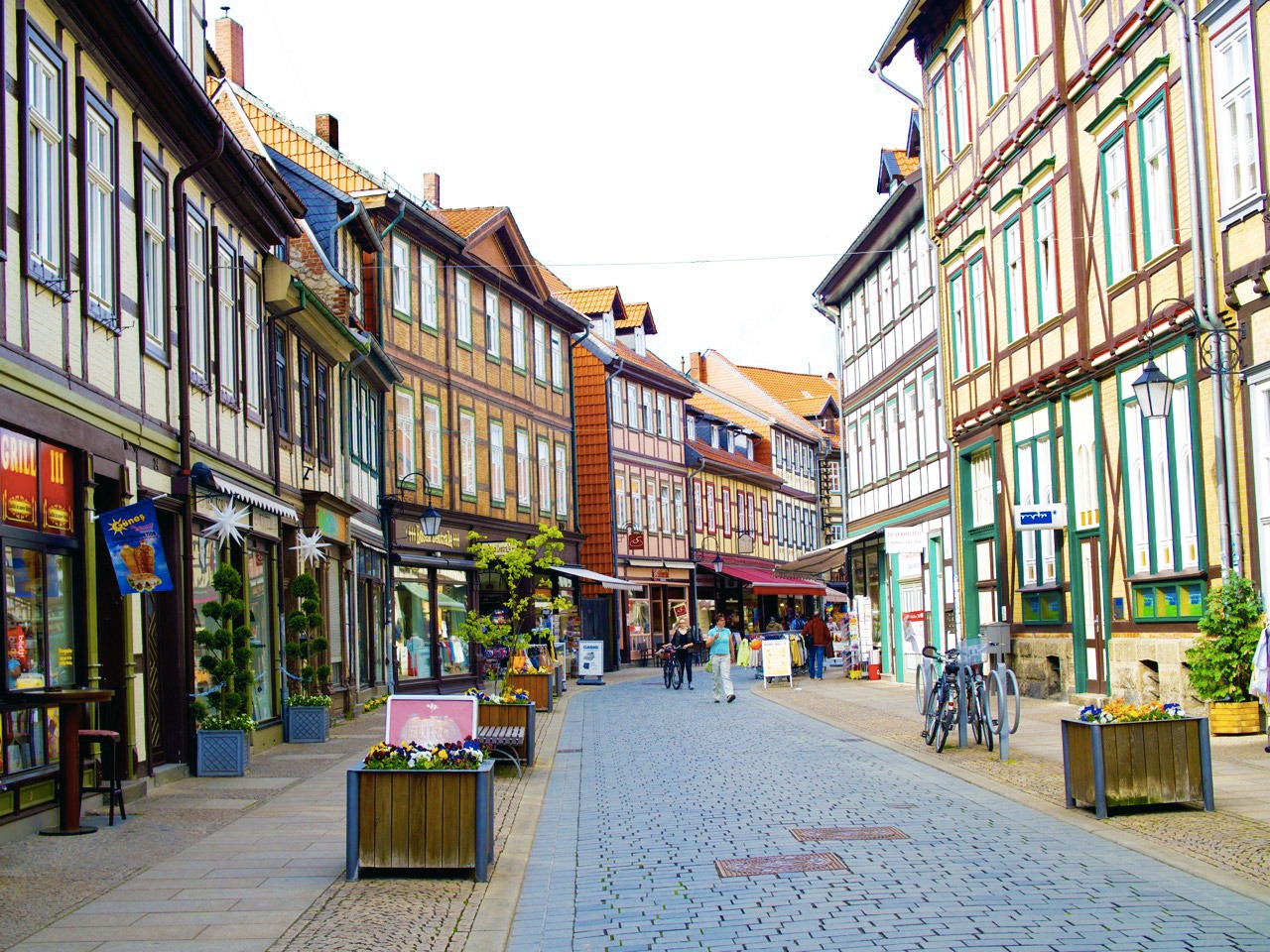
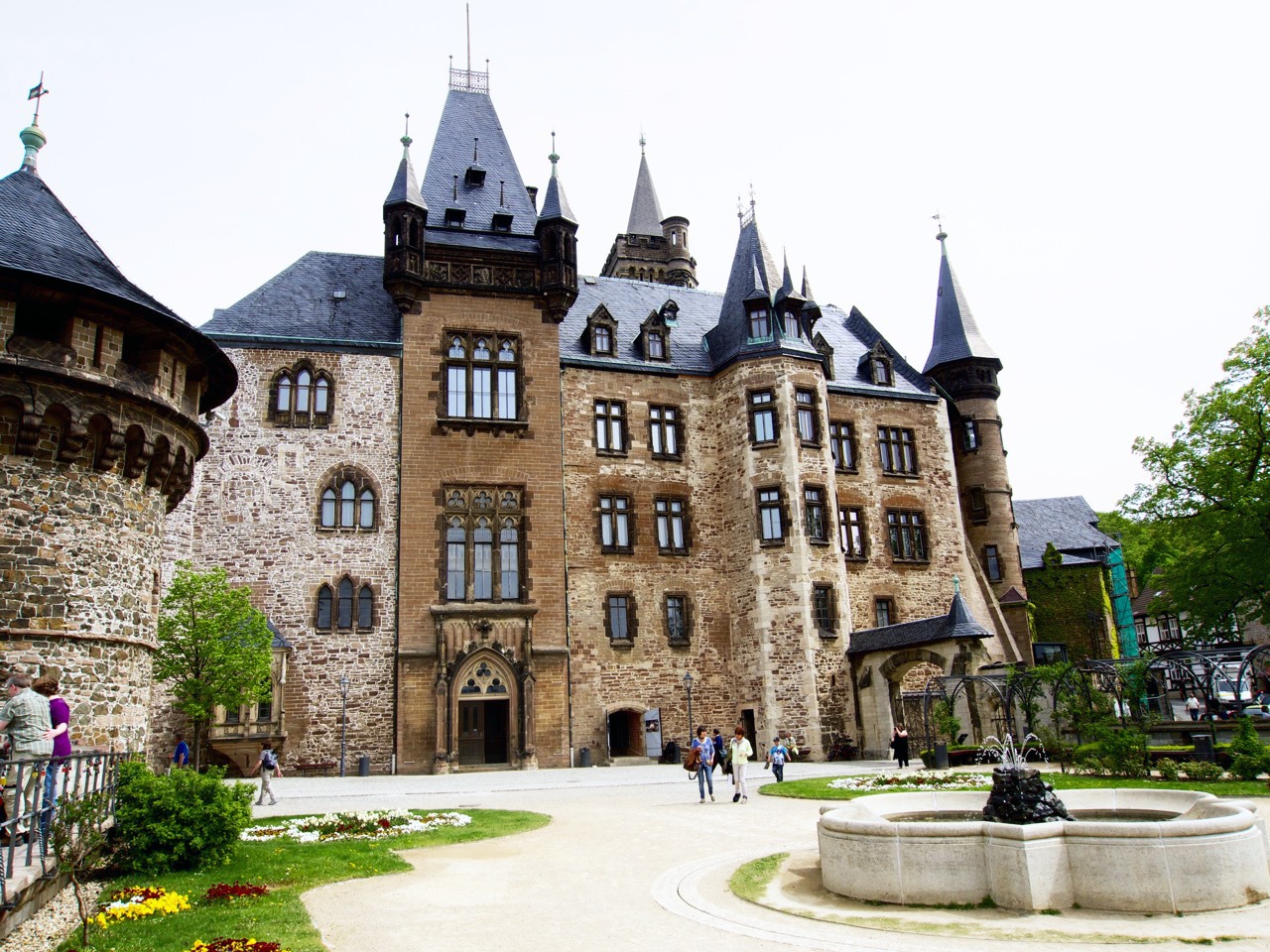
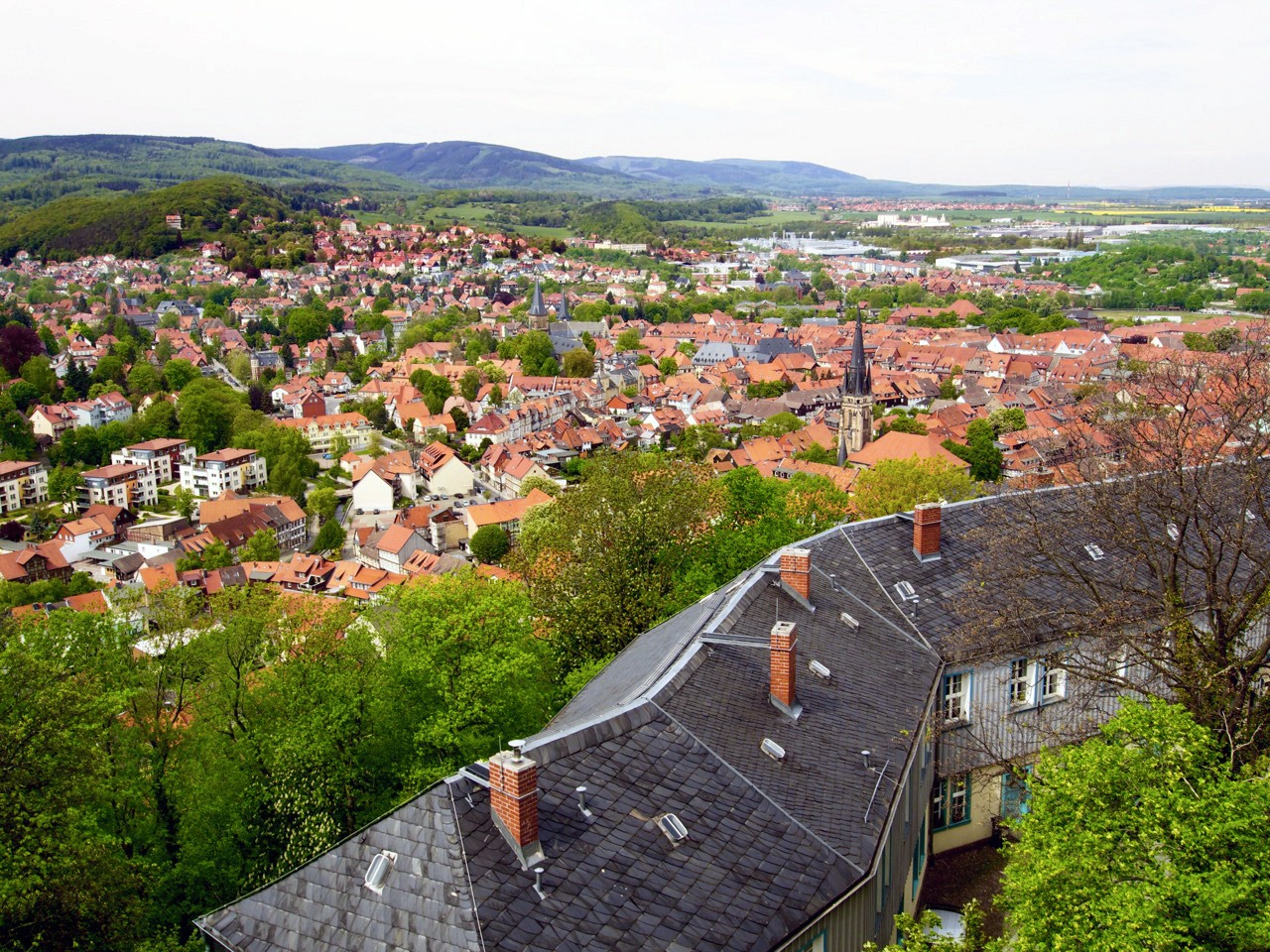
I concluded my trip in picture-perfect Wernigerode, which was my second favourite stop on the route.
Wernigerode is kind of like the jewel crown of the German Framework Road; it has a medieval castle, gorgeous mountains, a busy town centre, plenty of restaurants and shops, and, of course, tonnes of history and picturesque timber houses. I could have easily spent two or three days there scouting the colourful buildings and marvelling at the stunning architecture.
Definitely a must-do!
+
europe travel tips
German framework road: know before you go & random observations
Older crowd
Regardless of where I went, I was the youngest person. From what I gather, the route and its attractions cater to an older crowd, but the 27-year old youngster that I am still thinks this is a trip for all ages.
Watch your speed
It is possible to visit the route by train, but I would recommend renting a car.
This will allow you to explore the countryside, but also to stop at the many picturesque villages along the way. Also, everyone should experience the thrill that comes with cruising down the autobahn, which, as some of you know, doesn’t have speed limits in some parts. That feeling is both terrifying and exhilarating at the same time! HOWEVER. One also has to be very careful on countryside roads, because the speed limit changes frequently between villages, and there are speed radars everywhere.
Guess who came home to a speeding ticket…
Mostly German-speaking
The route is mostly geared towards German travellers, but it is slowly opening up to foreign visitors with more and more hotel owners, shops and restaurants hiring English-speaking personnel. The language was sometimes a challenge, and if I’m honest, helpful people were far and few between (this is Germany, after all).
It was really more of a “figure it out by yourself” kind of trip, which I didn’t dislike.
My final impression
The route is beautiful and quite idyllic at times, but it does need a little more infrastructure to appeal to foreign visitors. I can see how some changes have already been made; give it a few years, and I wouldn’t be surprised to see it become one of Germany’s most popular escapades.
Additional villages to visit on the German framework road
- Esslingen (which I visited two years ago!)
- Hann. Münden
- Stolberg
- Quedlinburg
- Goslar
- Eppingen
- Bad Urach
- Gelnhausen
- Wikipedia also has a list of the most popular cities along the route. The German Tourism Board also listed its own highlights. There is also an entire website dedicated to the German framework route.

